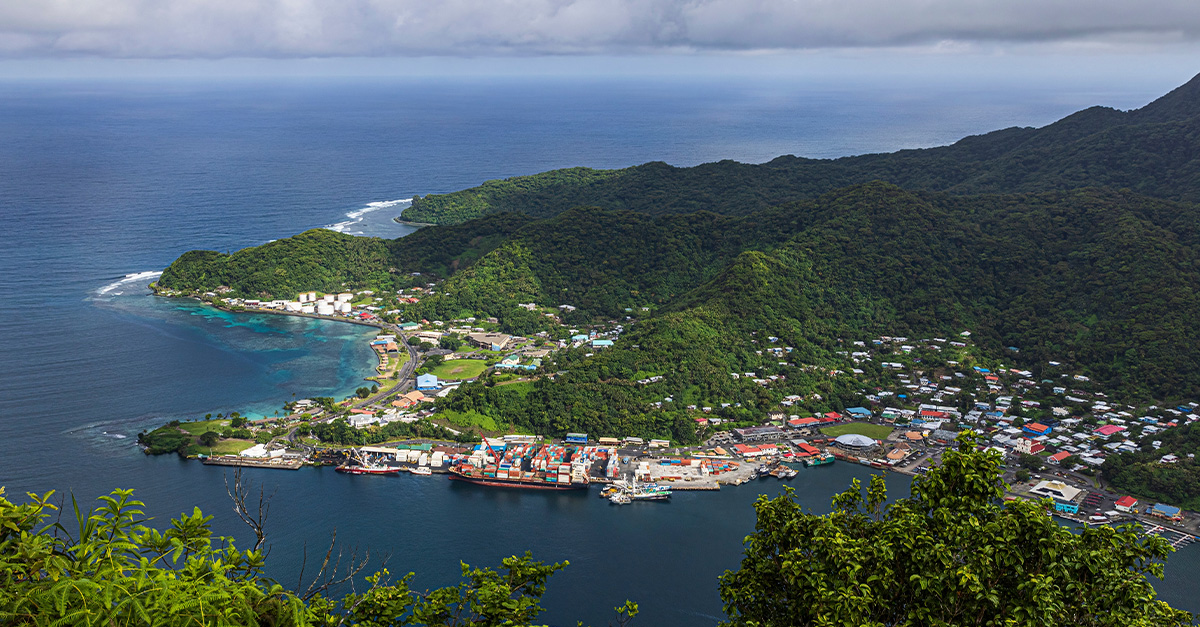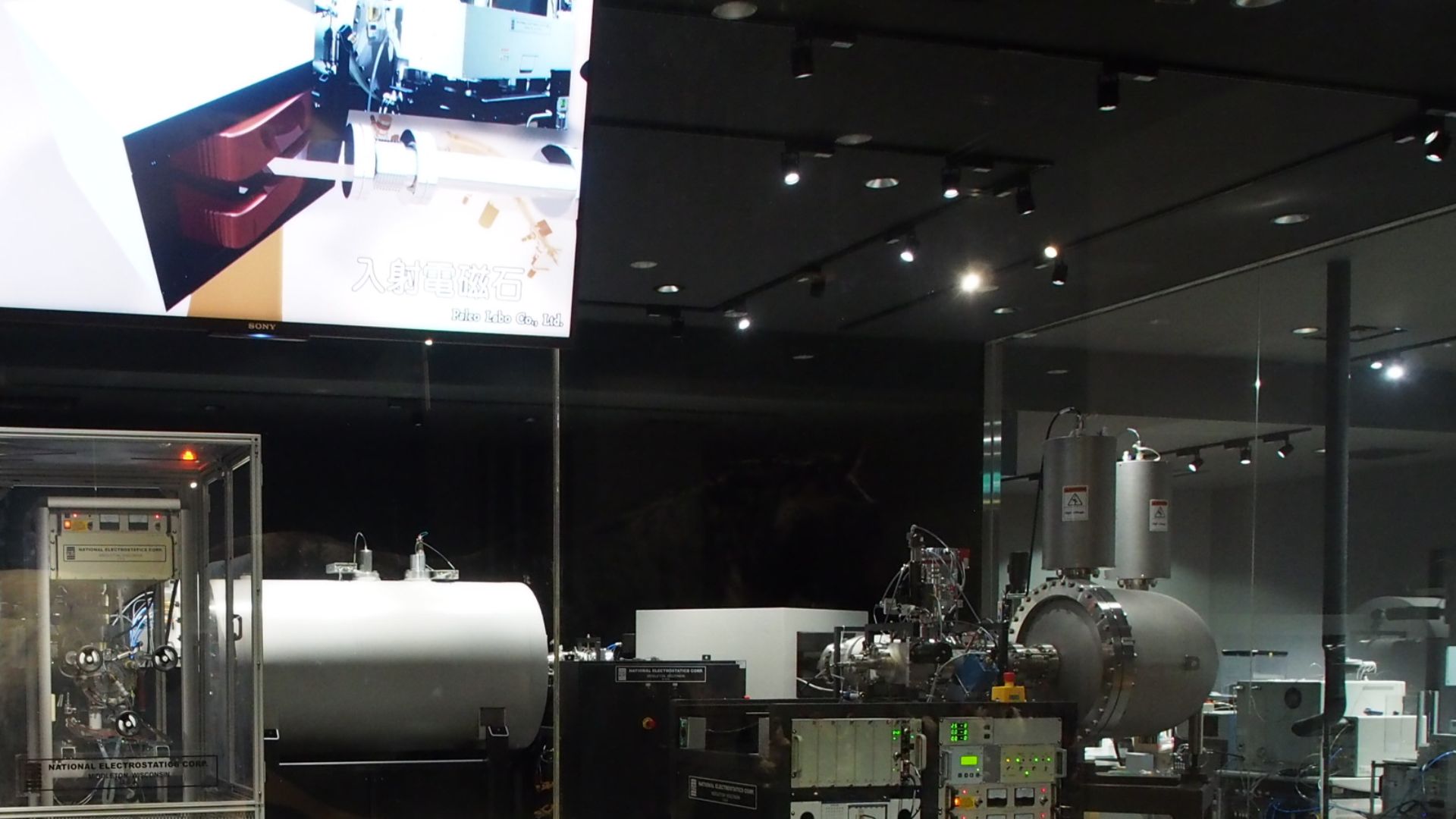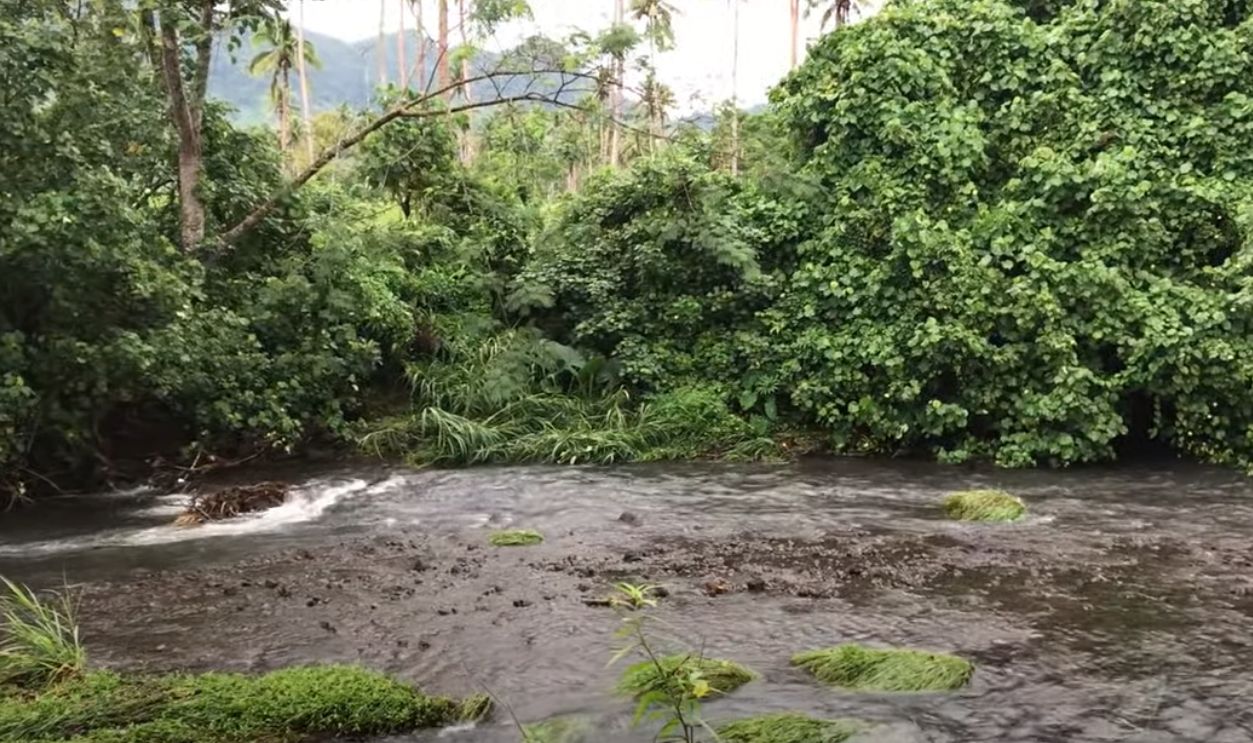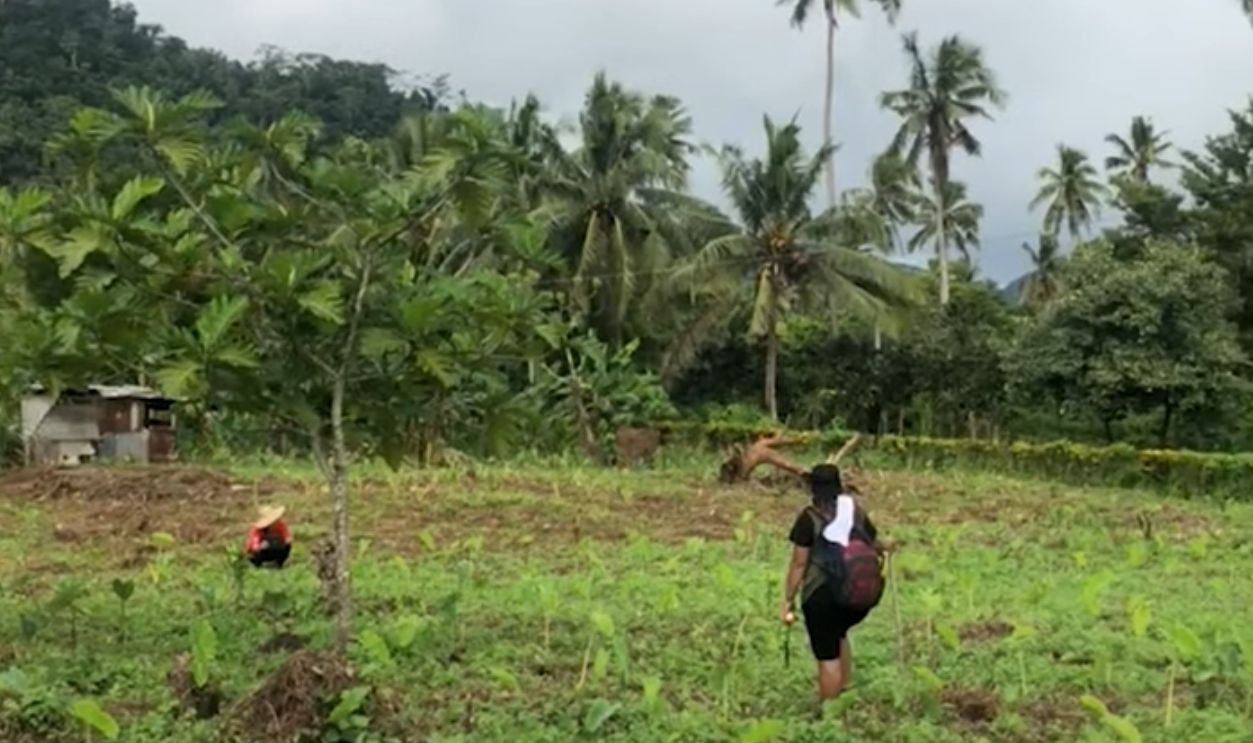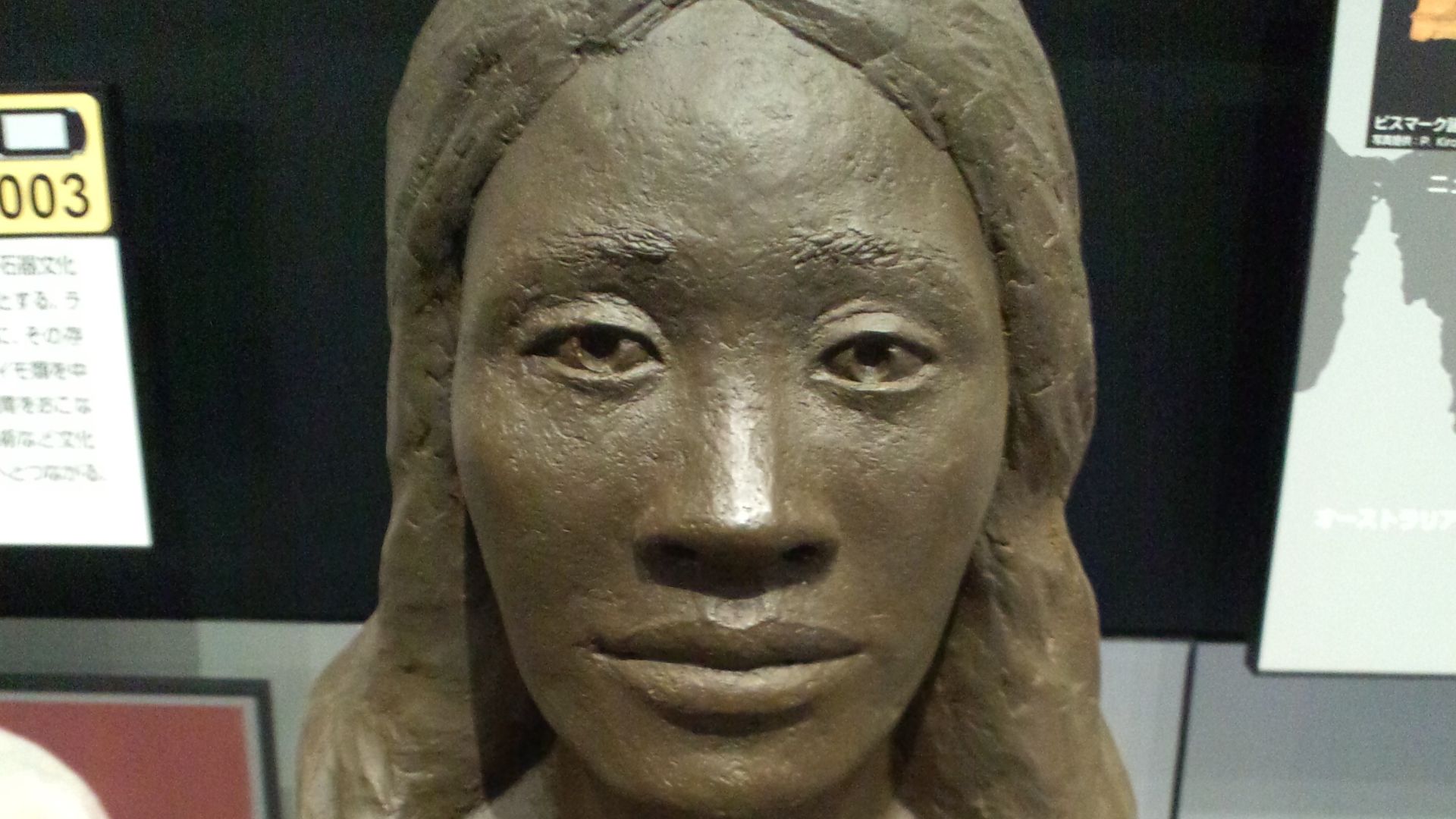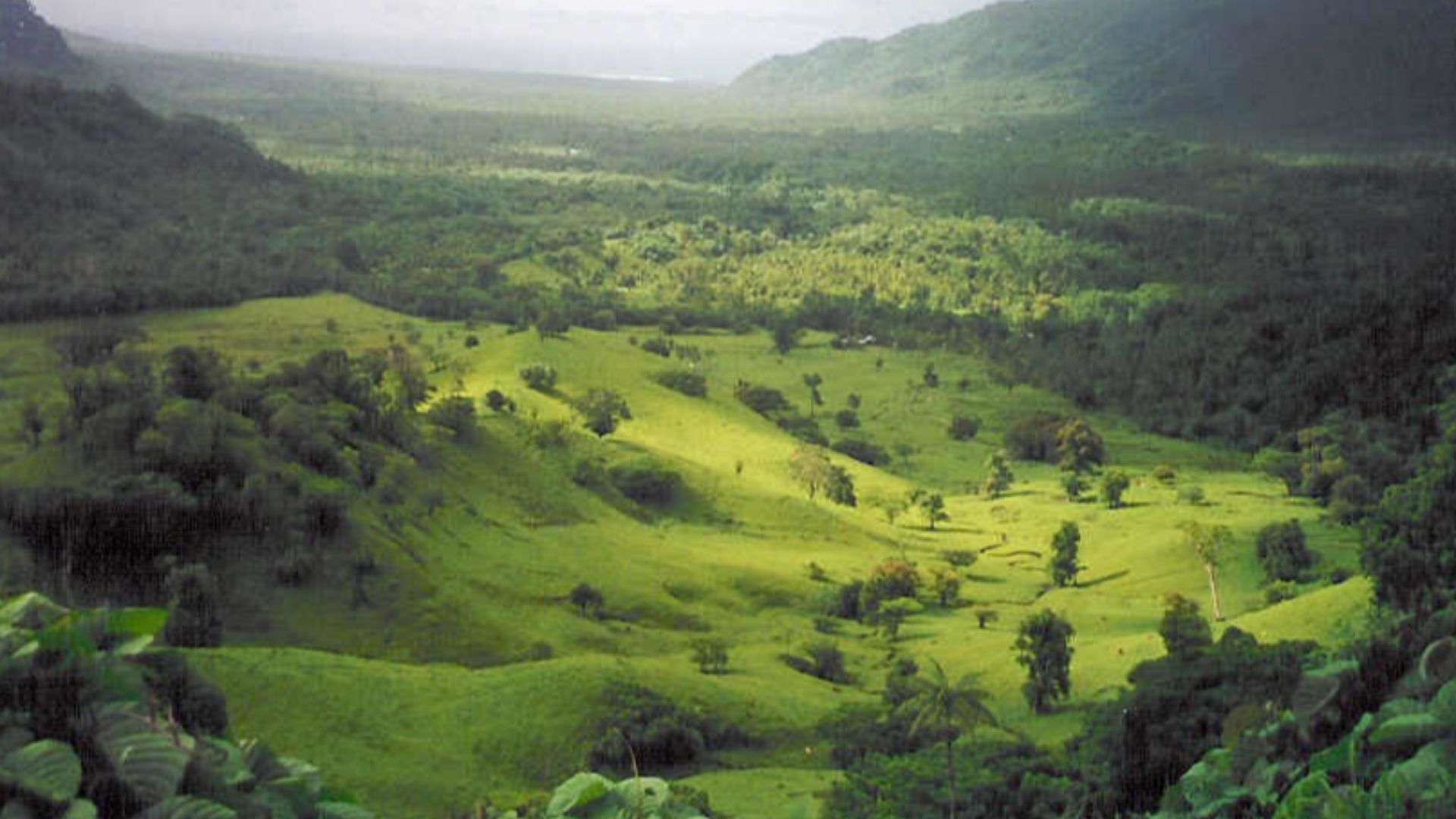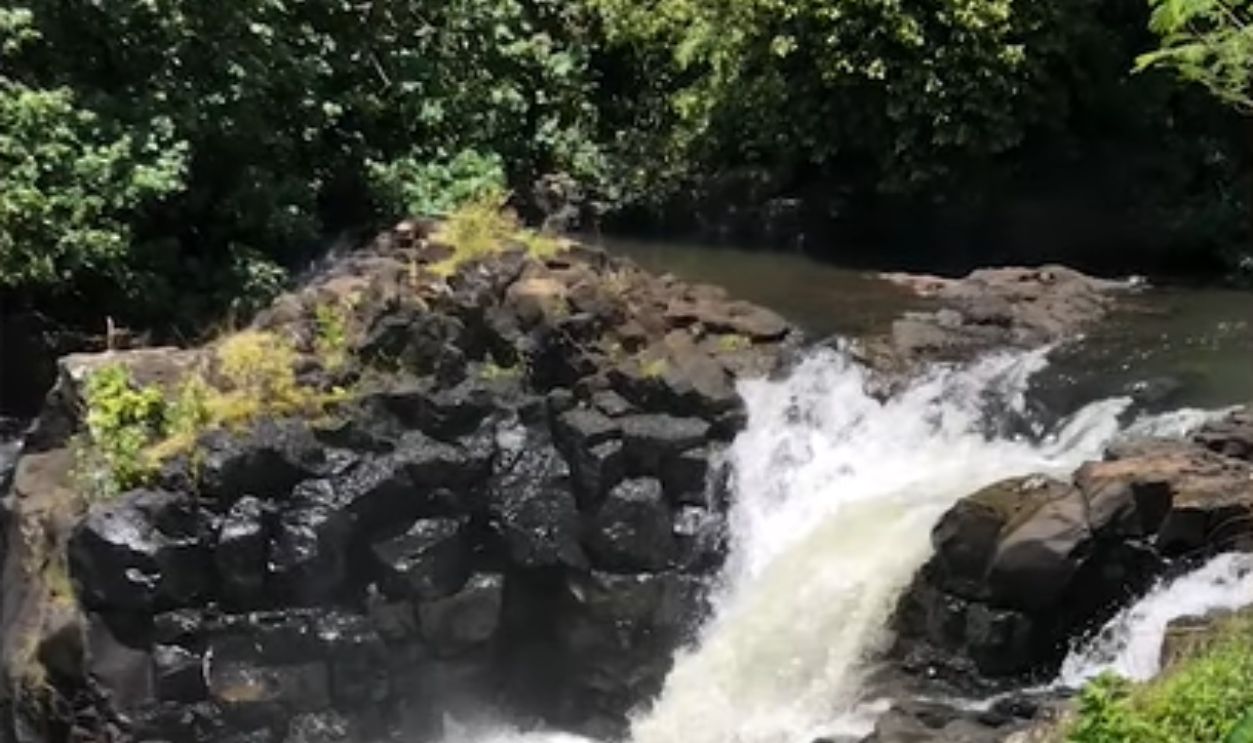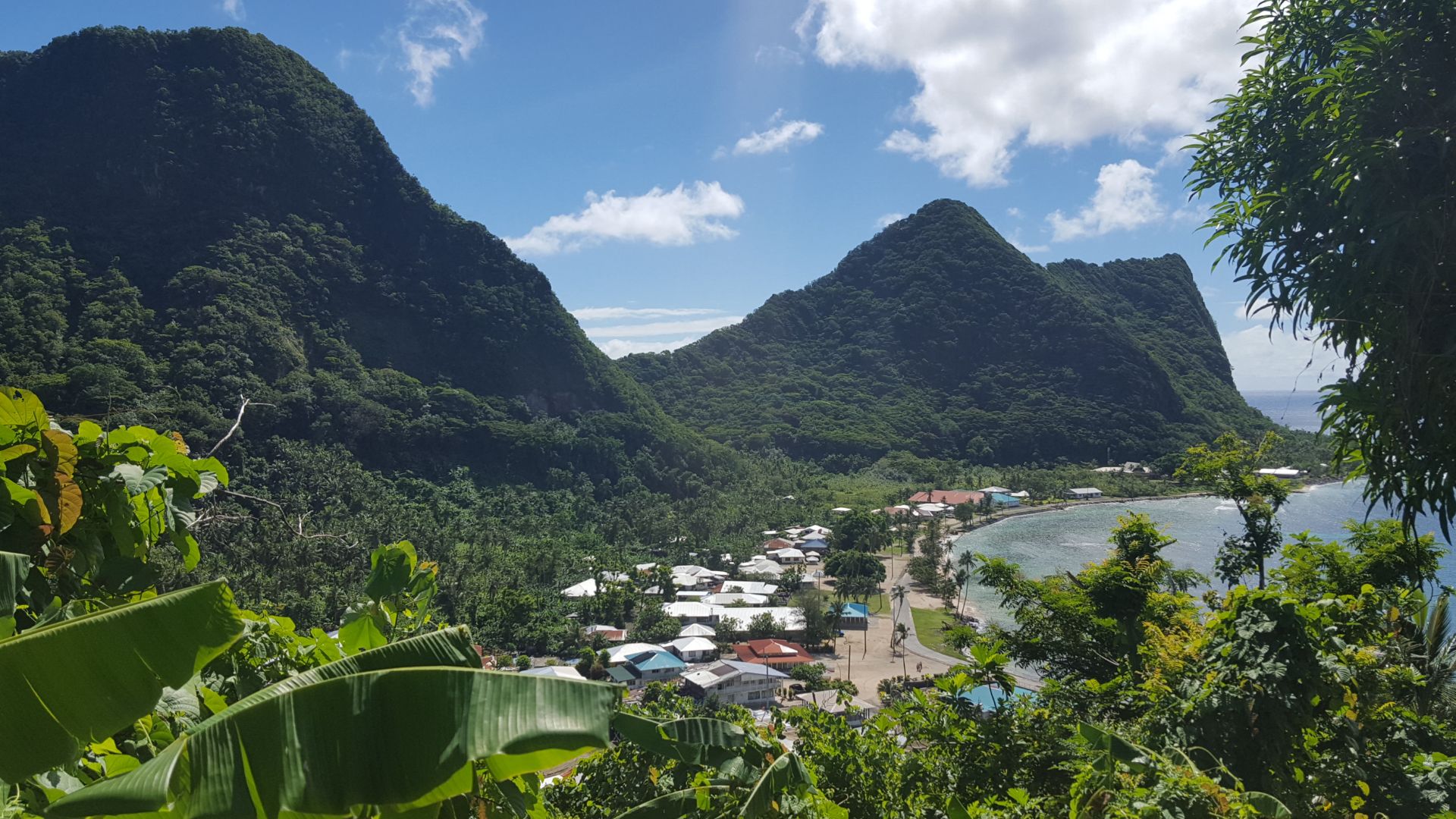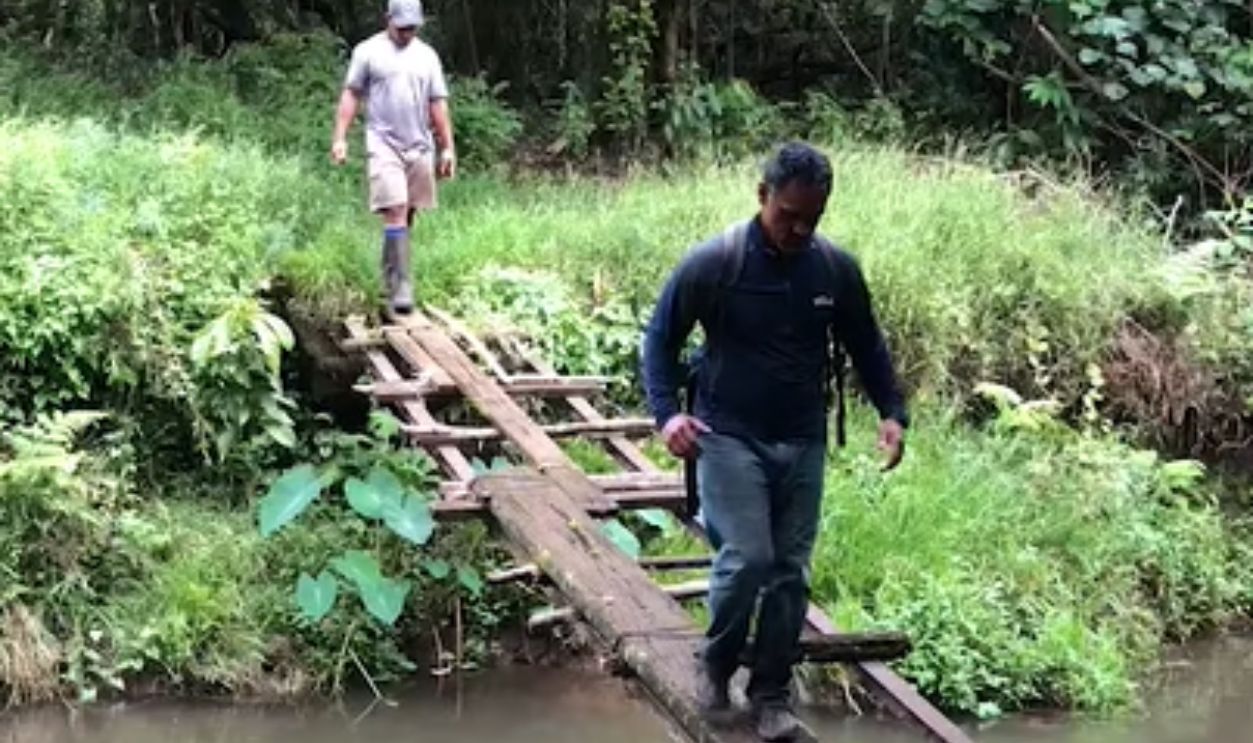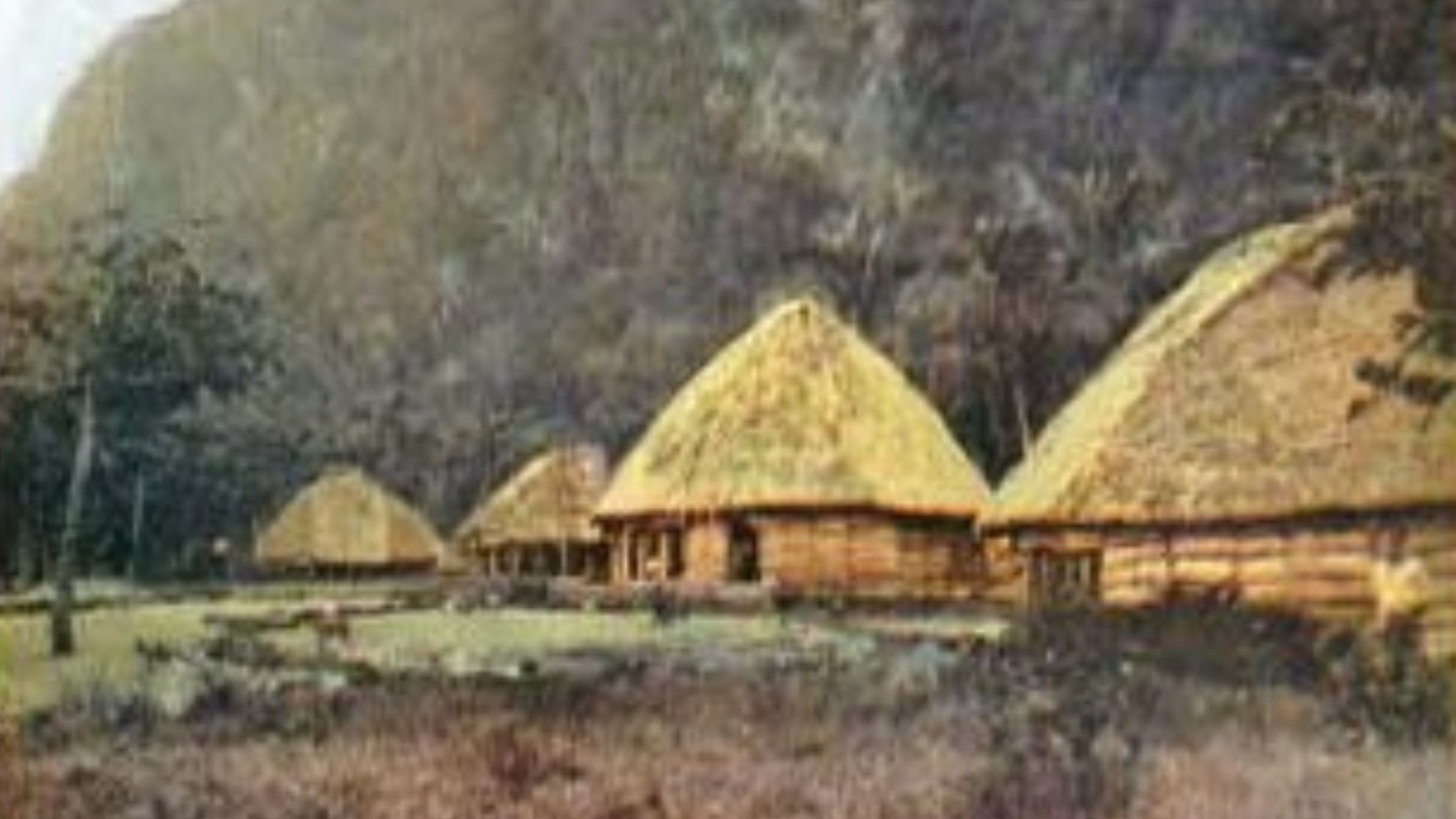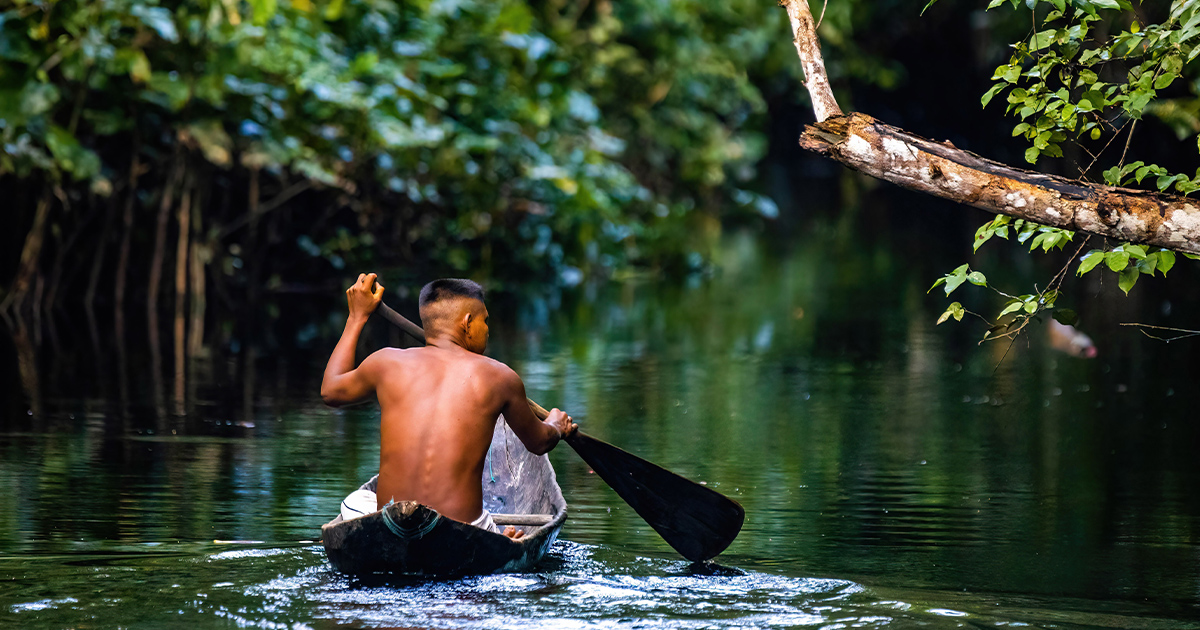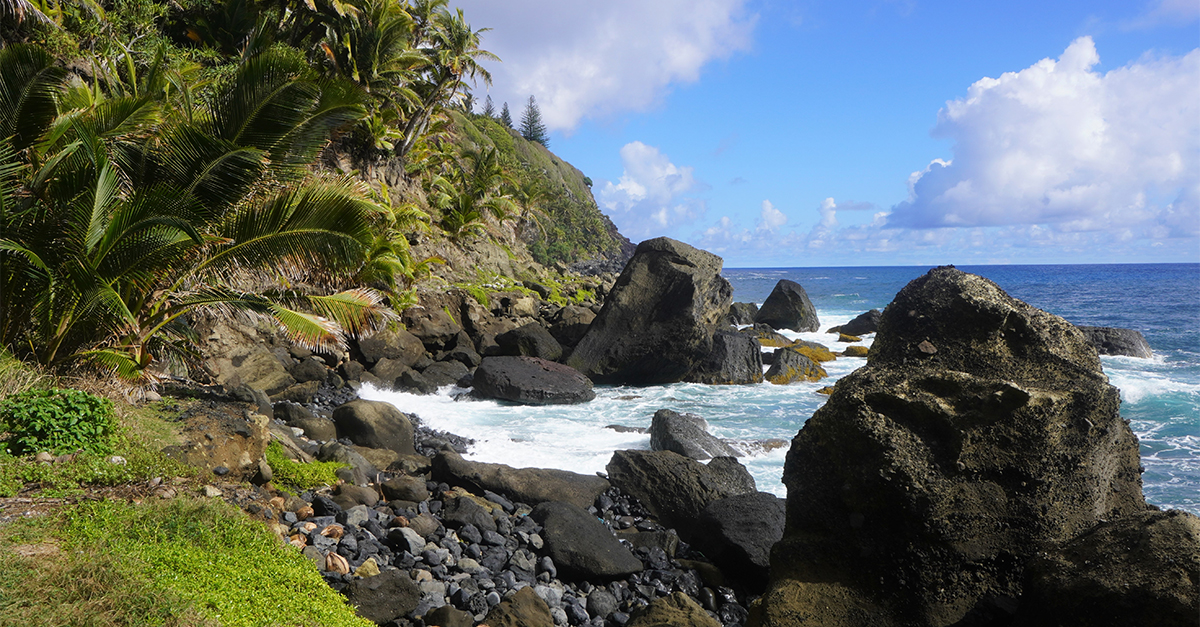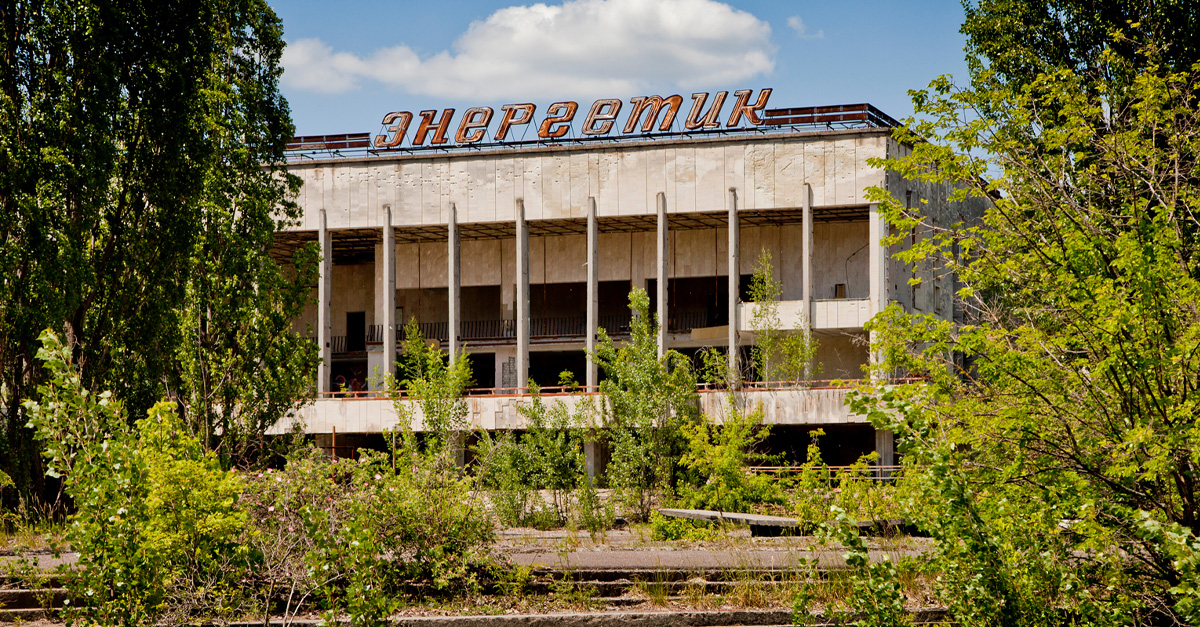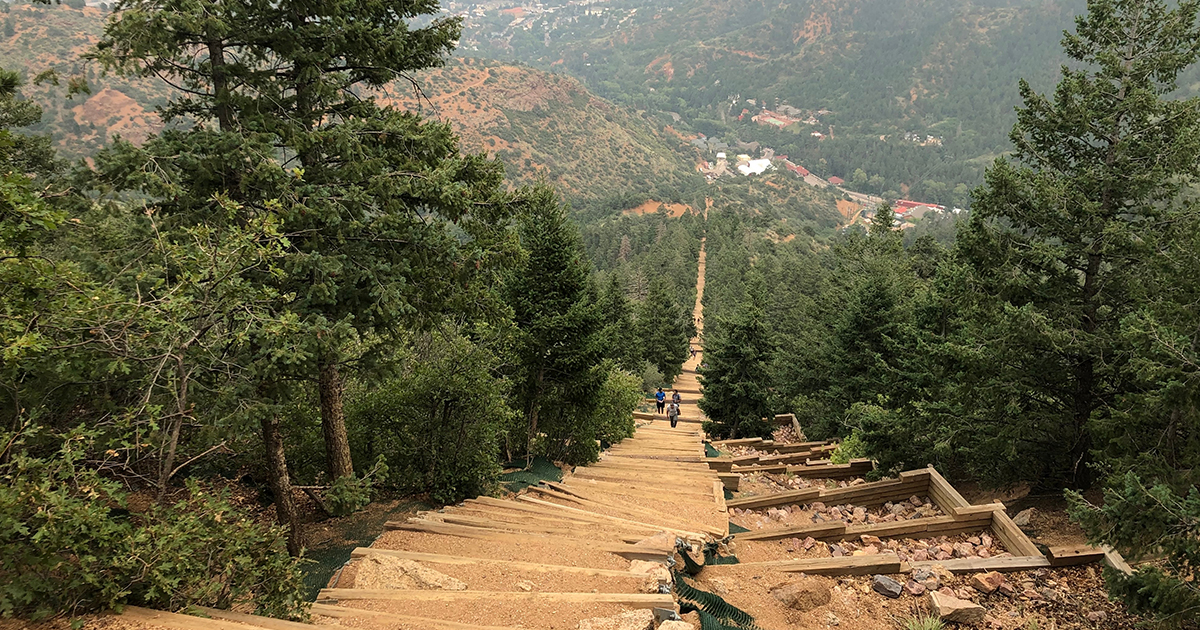This Tiny U.S. Territory Hides Fossilized Human Remains
Deep in the lush volcanic terrain of American Samoa, researchers have uncovered fragmentary fossilized human remains. These ancient bones may represent some of the earliest human footprints in Polynesia, nestled amid soot-blackened cliffs, dense vegetation, and the whisper of crashing ocean waves. The discovery site, rugged and untouched for centuries, suggests the remains were hidden in plain sight, waiting for time and science to finally collide.
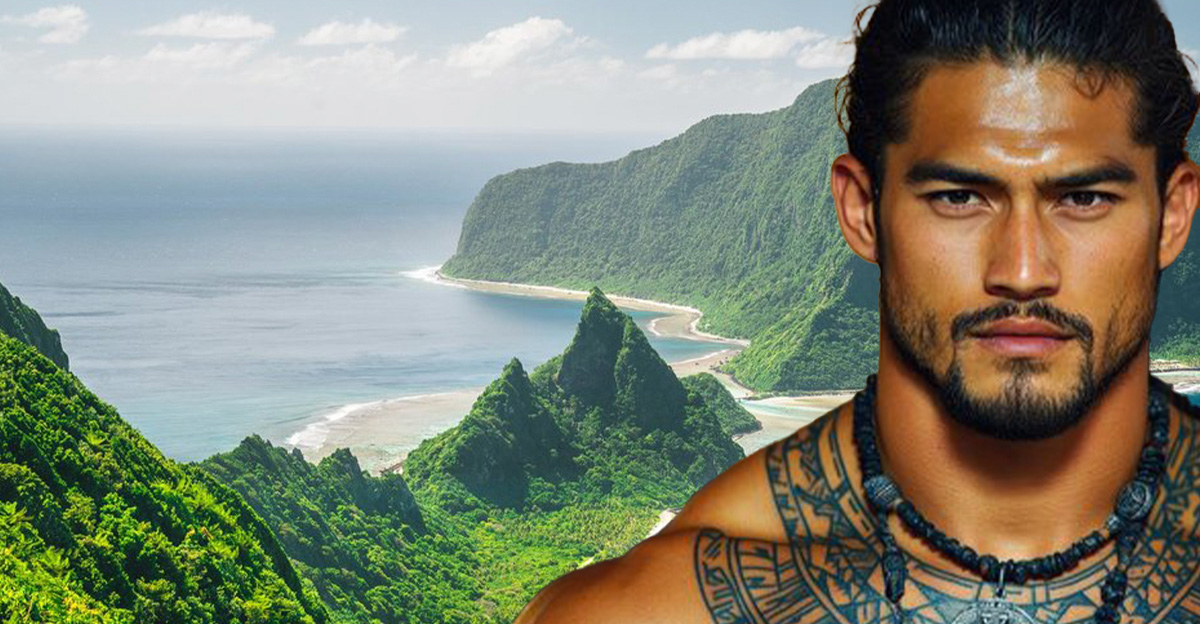
Uncovering The Unexpected
What began as a routine geological survey near Ta‘ū Island’s coastal cliffs quickly became historic. A paleontologist spotted a weathered segment of bone embedded in hardened volcanic ash. Initially mistaken for animal remains, closer analysis revealed unmistakable human characteristics. The realization shocked the team, as the preservation of bones in such conditions is extraordinarily rare. No one expected a major archaeological find in such a geologically active zone.
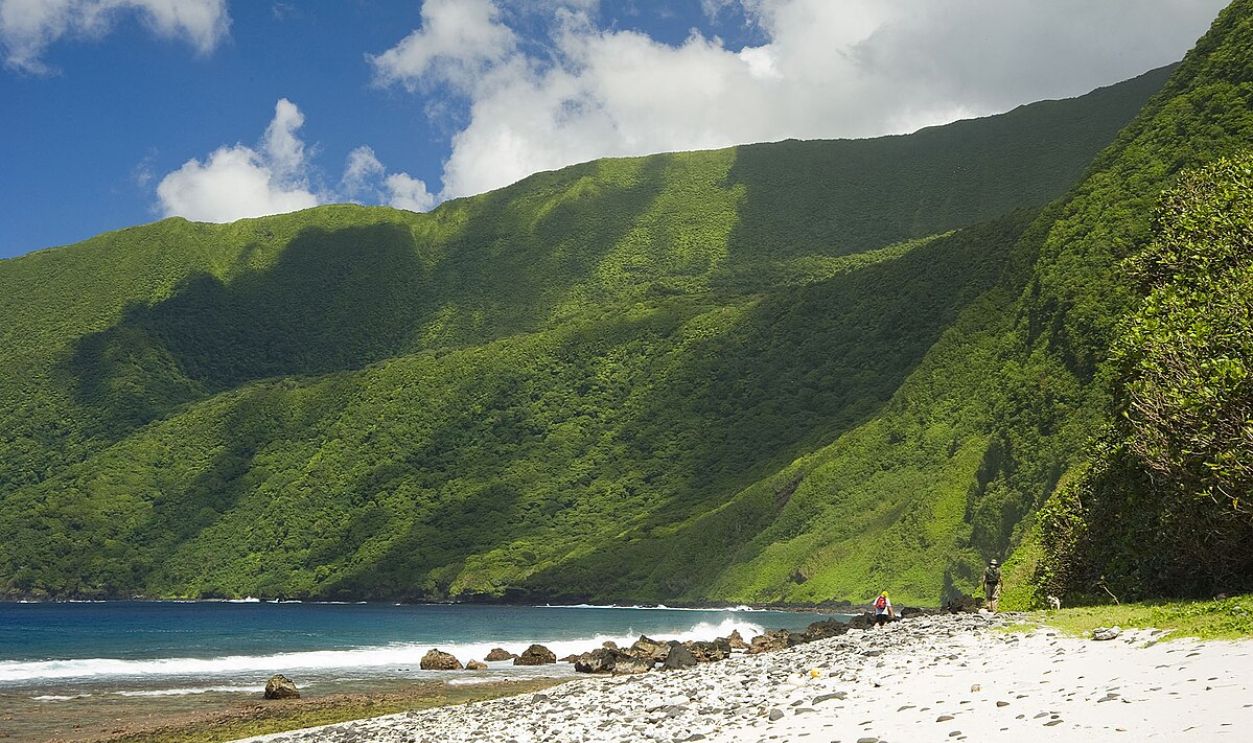 Unknown author, Wikimedia Commons
Unknown author, Wikimedia Commons
Volcanic Gold: Fossils Amid Fire
American Samoa’s geology, born of violent volcanic eruptions, typically incinerates organic material before it has a chance to fossilize. However, in rare and remarkable circumstances, ash layers and rapid sedimentation can effectively seal biological remnants like time capsules. In this case, the bones were encased beneath fine volcanic silt and hardened tuff, preserving them against the odds. These remains are as precious as gold for Pacific prehistory.
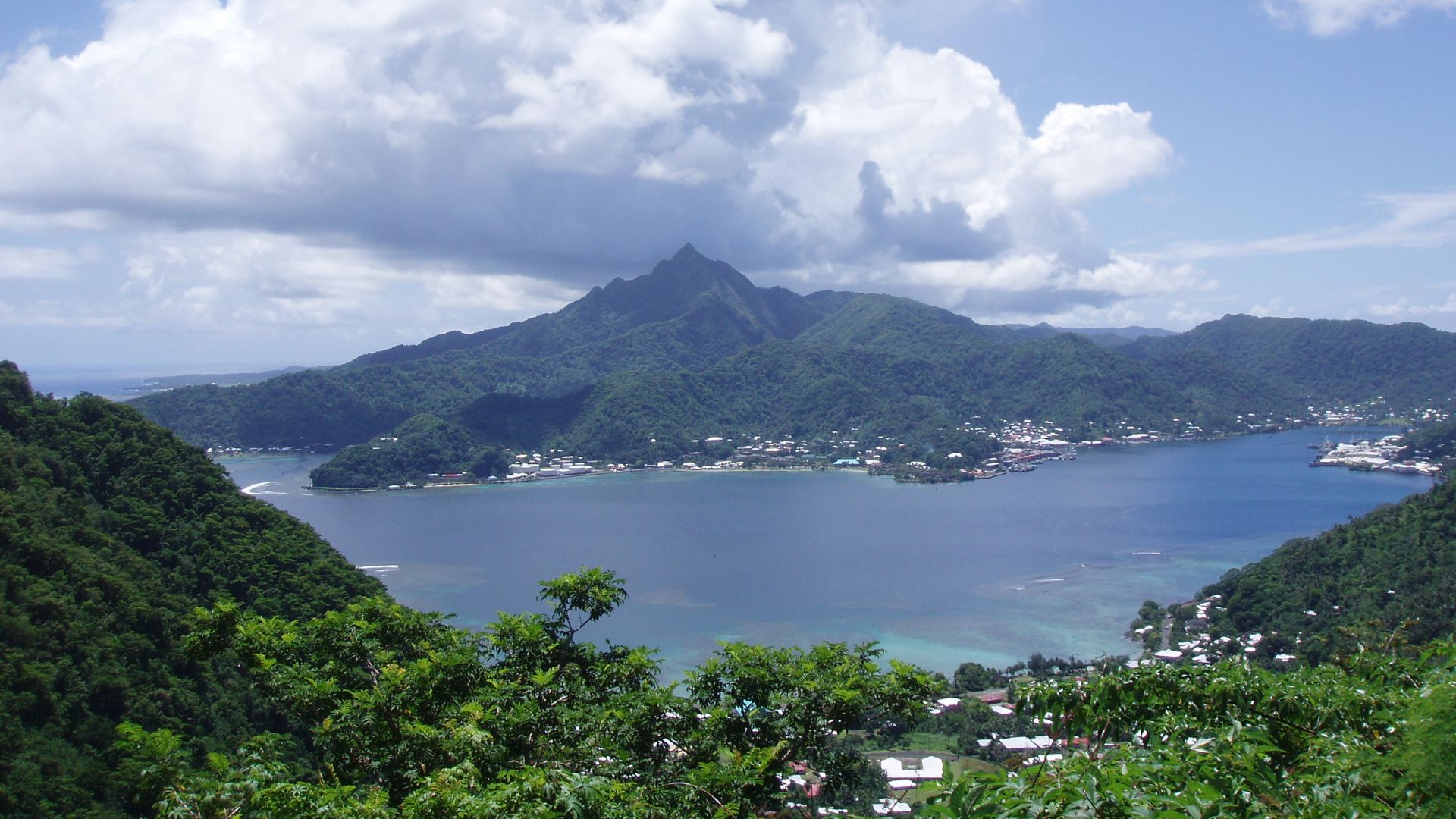 National Park Service, Wikimedia Commons
National Park Service, Wikimedia Commons
First Carbon Dates: Out Of The Blue
Radiocarbon dating of the bone material produced astonishing results—nearly 3,000 years old. This date pushes the timeline of human presence in American Samoa centuries earlier than previously documented. Before this, the oldest confirmed settlements were much younger. These results suggest a long-forgotten human presence that predates monumental architecture and reshapes our view of when—and perhaps why—people first explored these remote islands in the Pacific.
Why This Changes the Story
Archaeological consensus had long placed East Samoan settlement around 1,000 CE. But these remains, dated to before or around 500 BCE, challenge that narrative and offer a new origin story for human life in this region. It implies that Polynesians arrived earlier than assumed, potentially making this site a key launching point for further Pacific migrations. This pushes the region into a central role in Pacific prehistory.
Stones, Bones & Star Mounds
American Samoa is known for its ancient stone terraces, raised platforms, and mysterious star-shaped mounds—many believed to be ceremonial sites. These structures, previously dated to 550–1,000 CE. Although the new bony discoveries mean that these shapes are no longer the oldest things found on the Islands.
A Lapita Link?
Some archaeologists speculate that these remains may be linked to the Lapita people, known for their seafaring skills and distinctive pottery. Originating from Southeast Asia, Lapita voyagers are thought to be ancestors of modern Polynesians. The dating and location of the American Samoa fossils make a compelling case that Lapita navigators could have reached these islands, perhaps establishing temporary settlements or waypoints en route to more distant shores.
From Taiwan to Ta‘ū
It was widely believed that the Polynesian people came from Taiwan and migrated across the Pacific Ocean to settle on the chain of islands that now make up many Pacific Island nations, including American Samoa. This discovery doesn't change that theory; it simply reinforces that settlement on American Samoa may have occurred long before we previously thought.
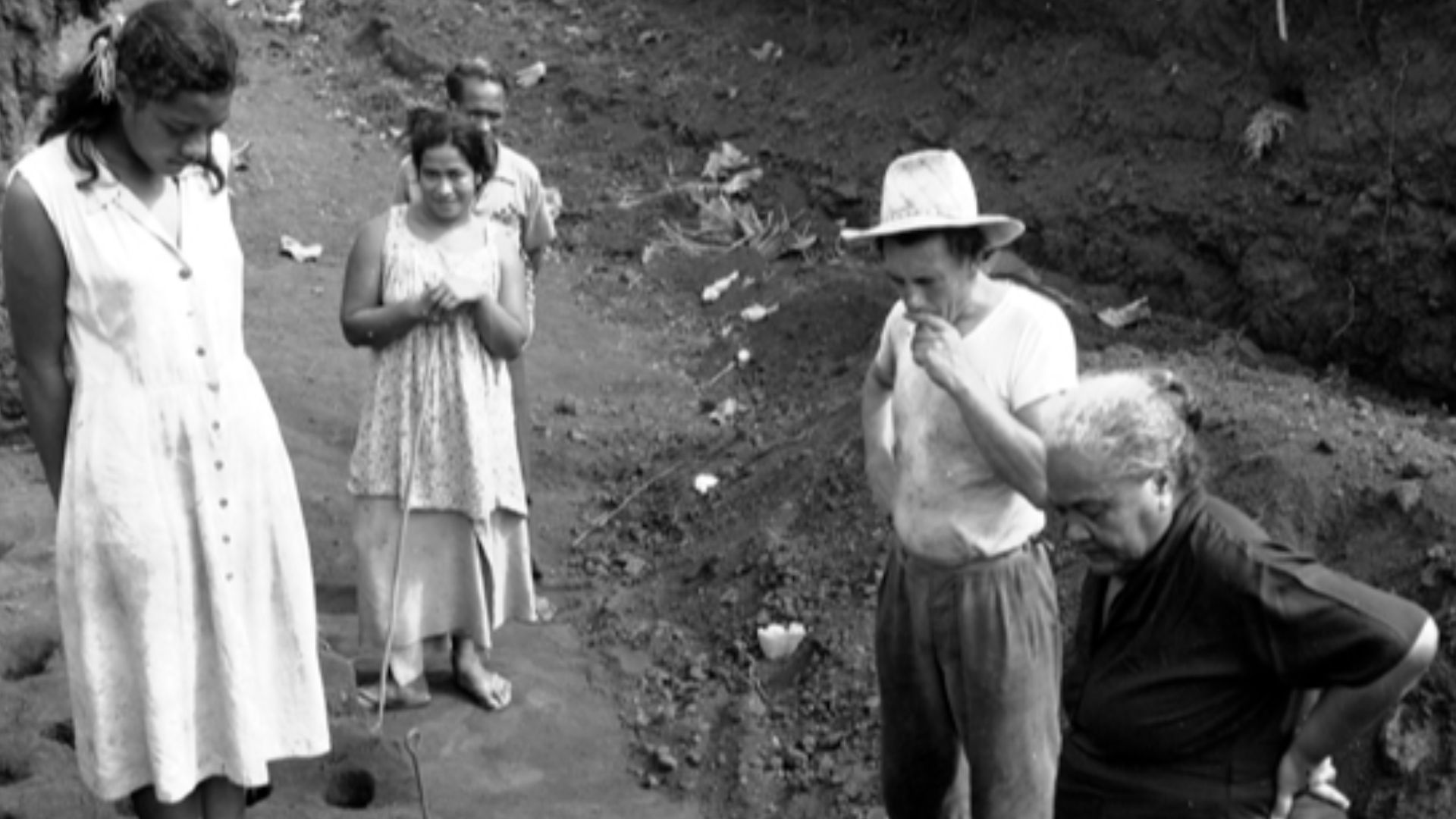 Unknown authorUnknown author, Wikimedia Commons
Unknown authorUnknown author, Wikimedia Commons
Tiny Finds, Big Implications
The fossilized remains on Upolu Island are tiny fragments—small pieces of skull, jawbone, and fingers—of great historical significance. Scientists have began analysis to discover how the forebearers of the current American Samoans lived: their diets, overall health, and their social and environmental contexts, all from the tiniest of bone fragments.
Sediment Secrets: Lake Lanoto‘o Speaks
Archaeological digs on Upolu Island have revealed sediment cores, running off from the nearby Lake Lanoto‘o. Ancient habitation likely occurred on Upolu Island for several centuries, as layers of charcoal and pollen in the sediment reveal that wood was burned and then flowers were planted or grew from the ashes.
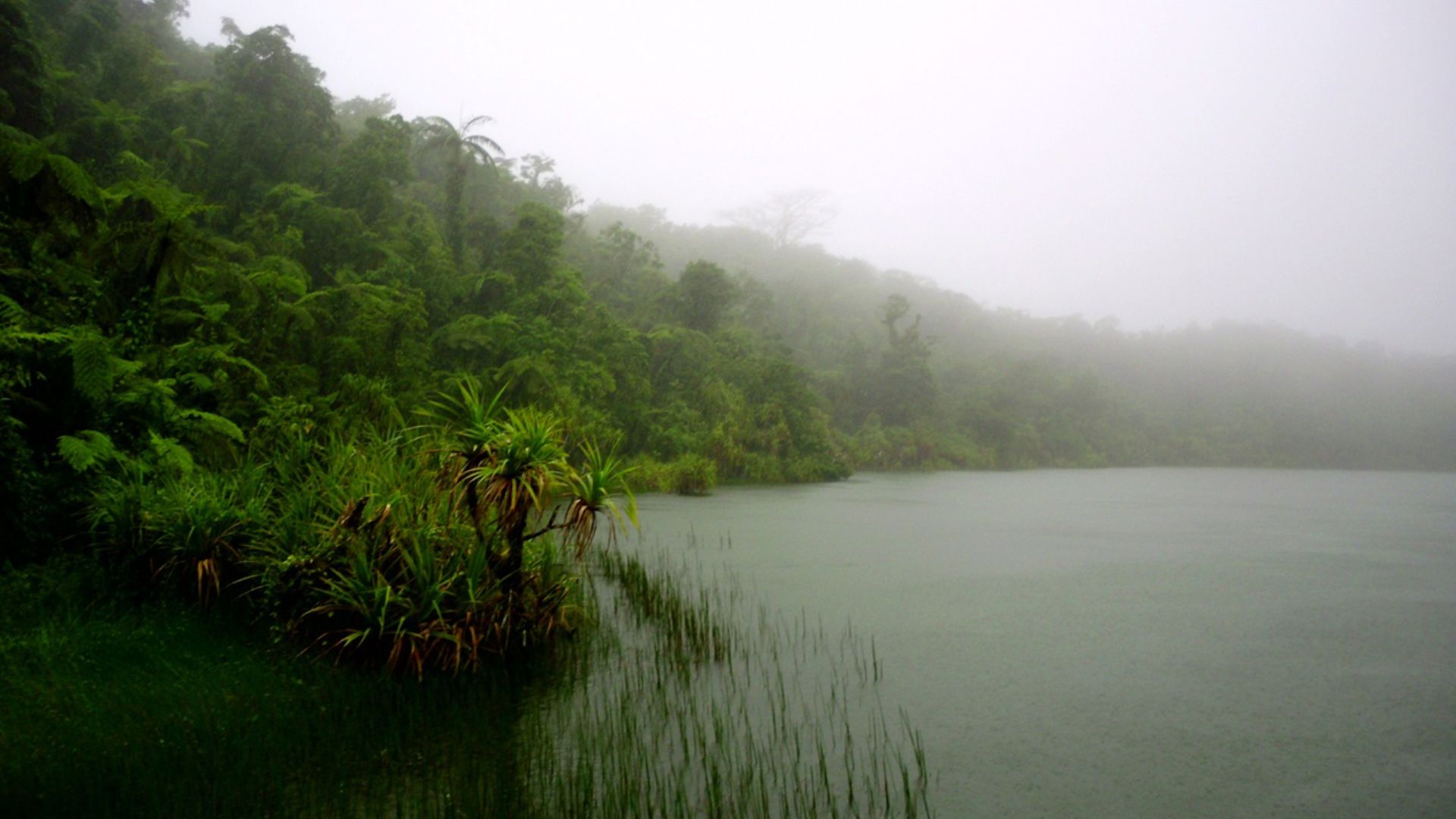 Виктор Пинчук, Wikimedia Commons
Виктор Пинчук, Wikimedia Commons
Ta‘ū’s Hidden Past
Ta‘ū Island is known for it's incredible cliffs and breathtaking views of the Pacific Ocean. But, far beneath the soils of the island, a deeper history lurks. Previous surveys have uncovered stone tools and fire pits, but never human remains. Incredibly, this discovery meshes with the oral traditions of the Samoans, who tell of their ancestral history through stories.
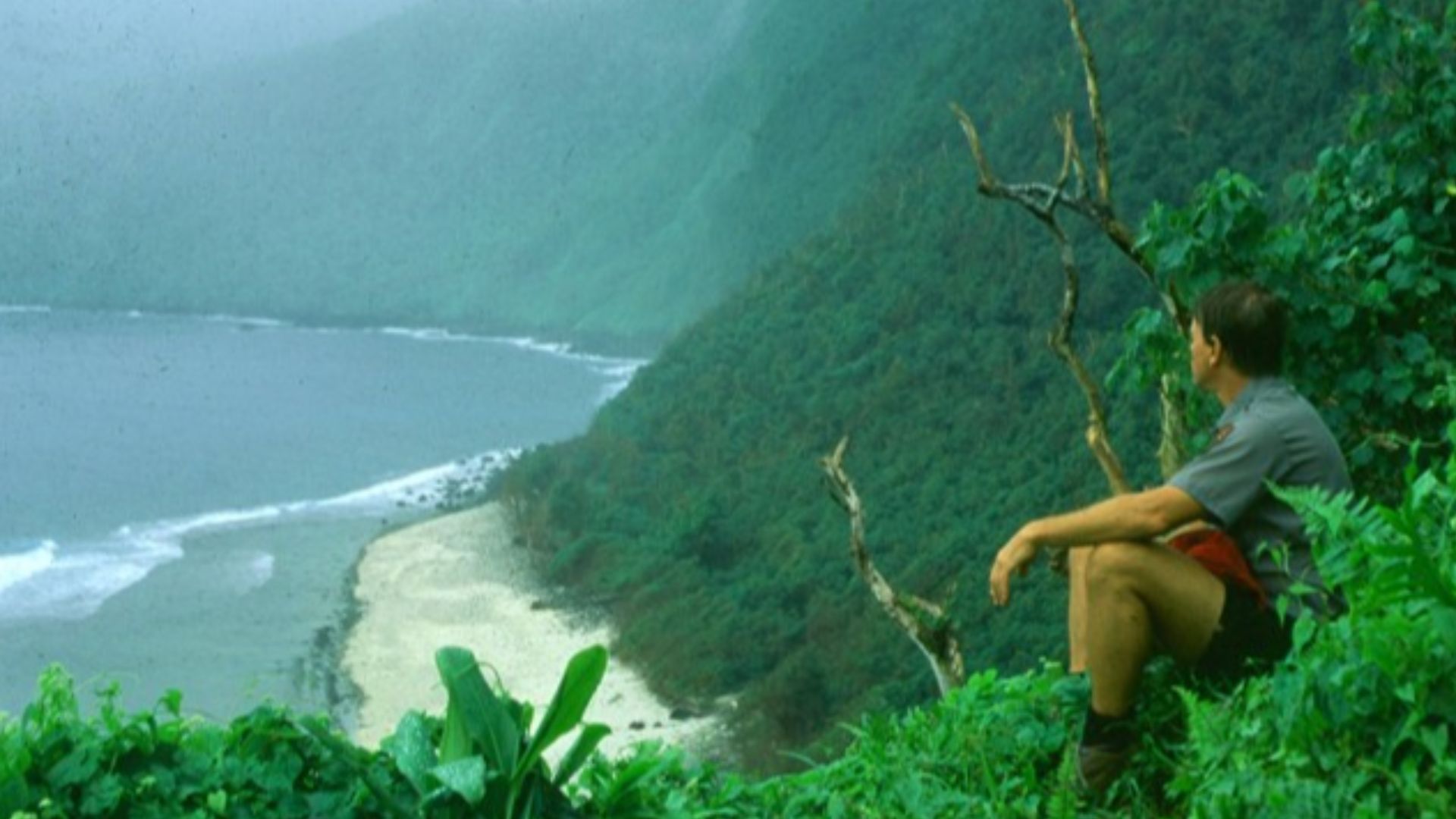 John Brooks, National Park Service, Wikimedia Commons
John Brooks, National Park Service, Wikimedia Commons
Ancient DNA Potential
The ancient DNA uncovered in these remains could prove invaluable . Genetic material could unlock connections to ancient and modern Polynesians if viable. This could reveal migration pathways, kinship ties, and even inter-island genetic mixing.
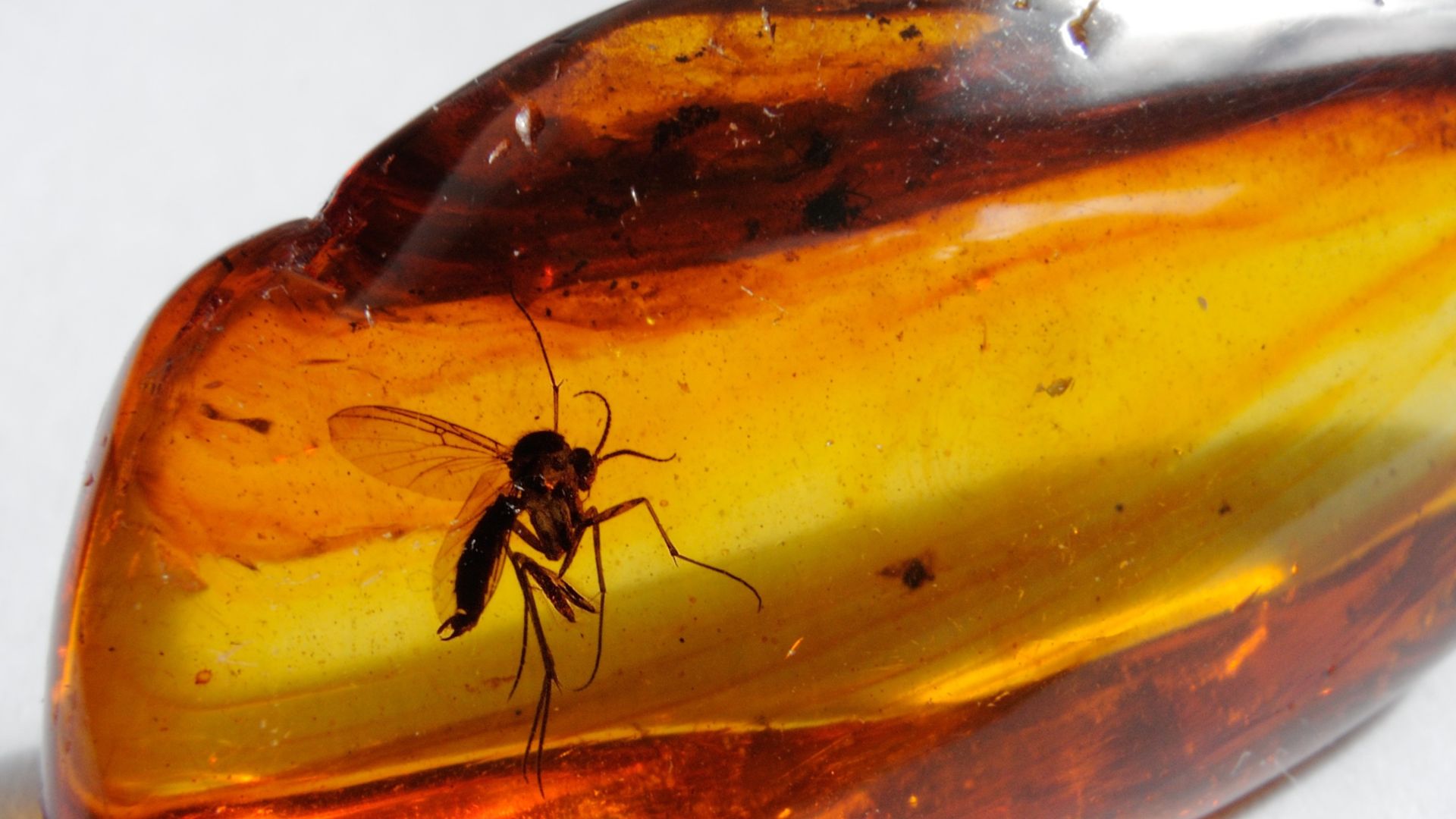 Zacharie Grossen, Wikimedia Commons
Zacharie Grossen, Wikimedia Commons
Peering Into Polynesian Origins
This discovery has enabled scientists and archaeologists to better connect with the Polynesians they're studying. They combine oral tradition, genomics, and archaeology to obtain greater knowledge of how the Polynesians came to be and who their ancestors were.
Suspected Sea-Faring Pioneers
While the true identities of those to whom the bones belonged may long be a mystery, scientists believe they were sea-faring pioneers who came to American Samoa centuries ago, braving the harsh Pacific Ocean in search of a new home.
 Office of Communications at NOAA, Wikimedia Commons
Office of Communications at NOAA, Wikimedia Commons
A Shared Ancestry
The fossils on American Samoa are just one piece of a massive puzzle, spanning thousands of miles across Tonga, Vanuatu, and other Pacific Island nations. The fossil remains in Ta‘ū may confirm that American Samoa was not an isolated island, but rather a part of an interconnected chain of peoples, bound by blood, land, and ancestry.
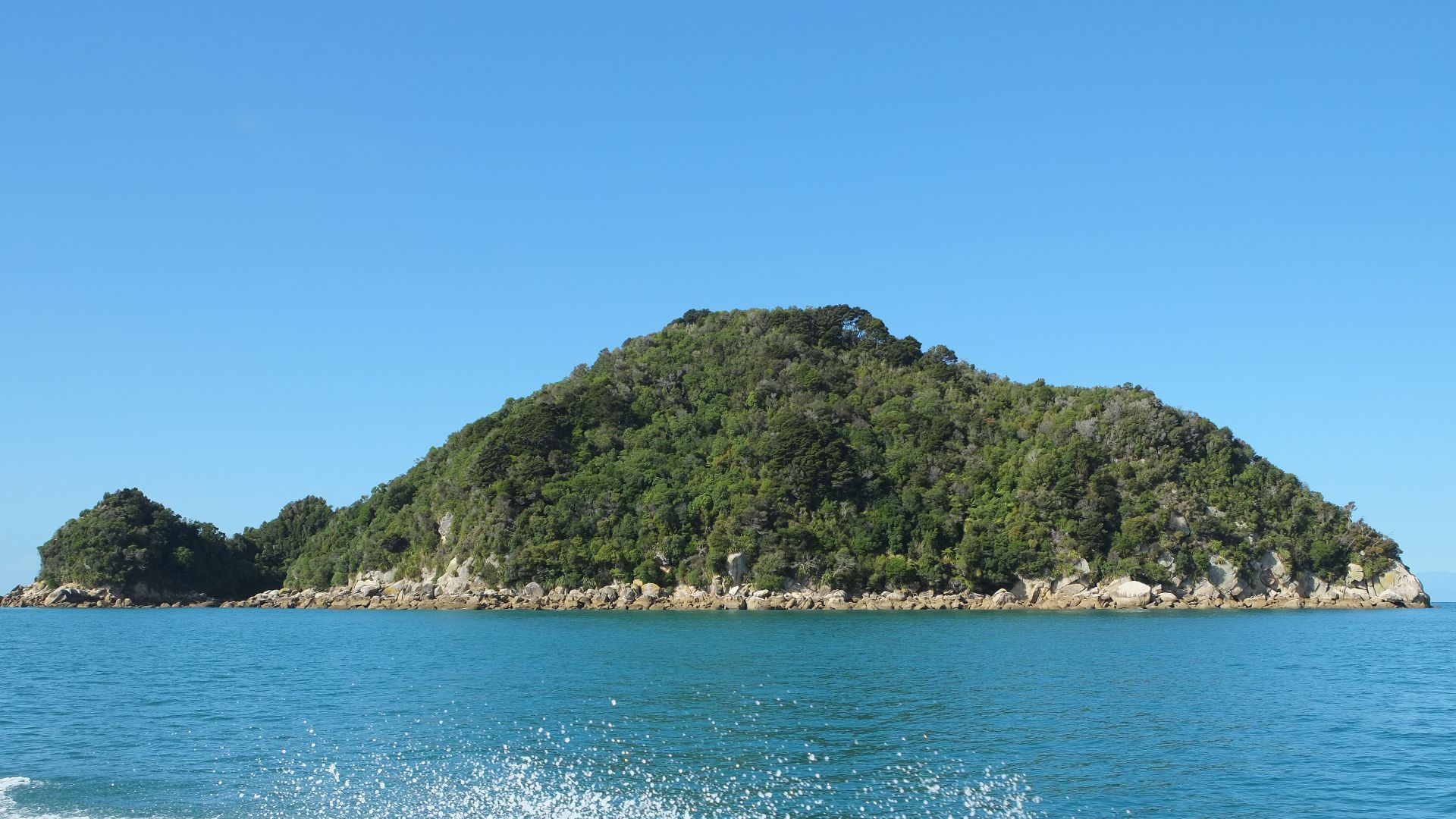 Pseudopanax at English Wikipedia, Wikimedia Commons
Pseudopanax at English Wikipedia, Wikimedia Commons
Fossils Fueling New Theories
Now that these fossils have been found, scientists must reconsider their long-standing theory that there was a single migratory wave that led to the settlement of American Samoa. Instead, they now believe that there were many such attempts by multiple groups. These remains hint at scouting voyages, seasonal visits, or failed attempts at colonization.
Layers Tell Time
During their analysis, scientists found layers of ash and sediment that provide a more precise timeline—ash from volcanic eruptions and sediment from soil settling. The location of the bones were part of a larger archaeological site that allowed scientists to use carbon dating to accurately back-date the bones. It's what's known in the field as a "geological sandwich."
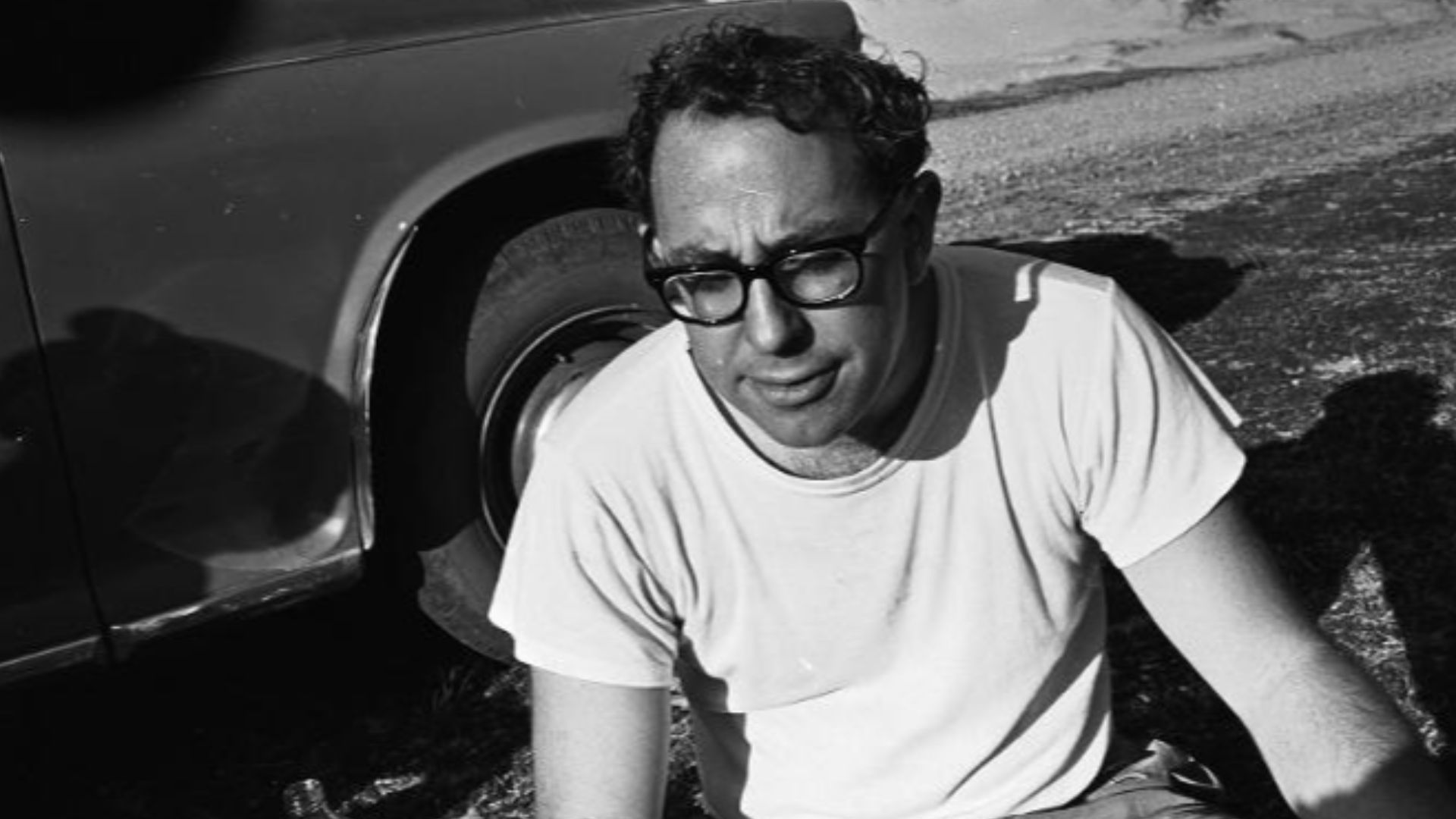 Unknown authorUnknown author, Wikimedia Commons
Unknown authorUnknown author, Wikimedia Commons
Community Collaborations
One of the cornerstones of these archaeological explorations has been the inclusion of the Samoan community in the process. Through consultations, scientists have began to understand how these remains came to be in Polynesia and their significance to the people of American Samoa.
What It All Means
Archaeologists now have a much better timeline of how people settled in ancient American Samoa and how the tiny island in the Pacific became a focal point for exploration to far-off lands centuries ago.
Next Steps In The Lab
Having gathered DNA evidence from the fossilized remains, along with evidence gathered by carbon dating, work will now begin in the lab to trace the precise origins of the remains and provide a clearer picture of where they settled, how they came to be on the island, and where they might have gone next.
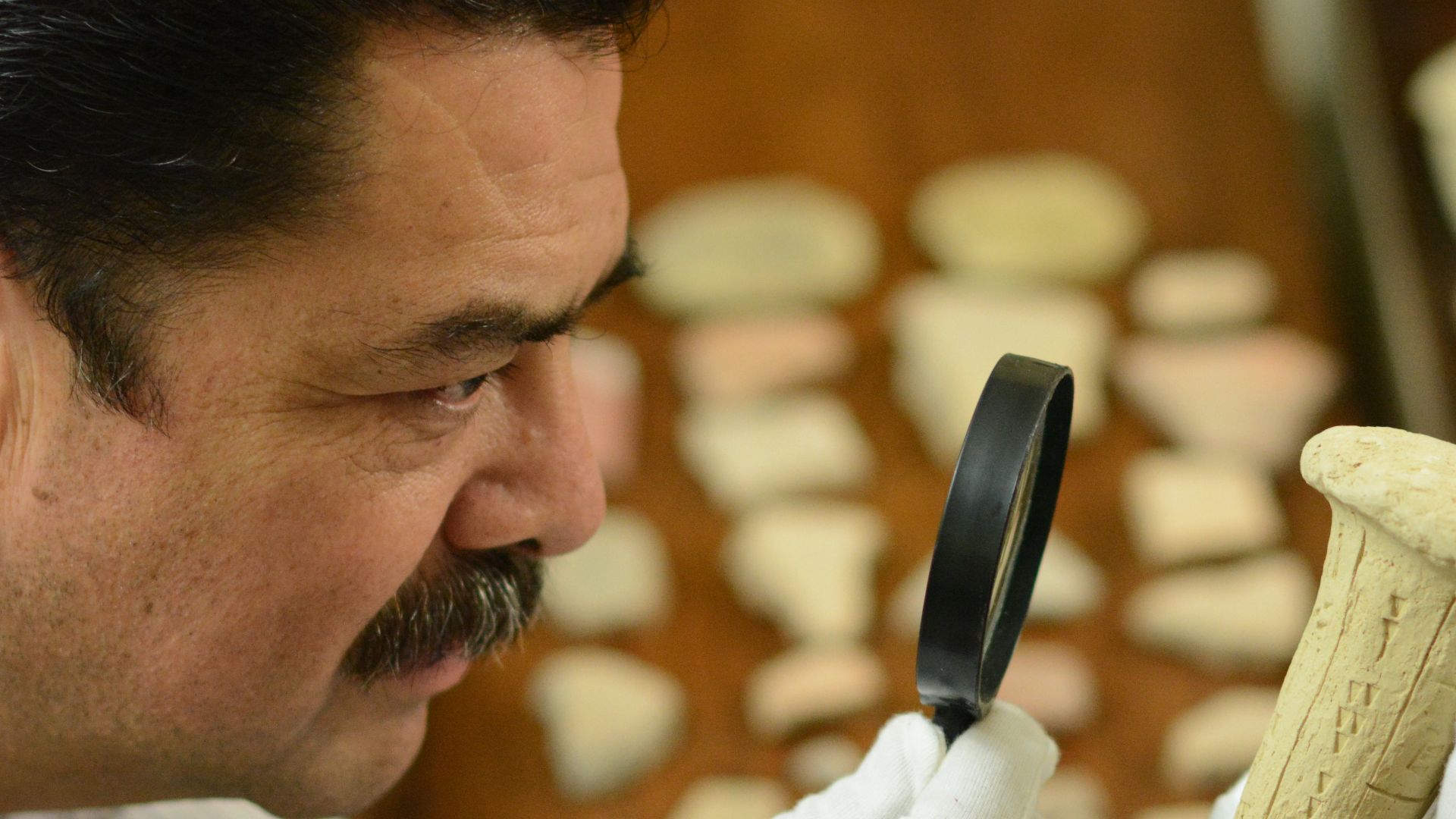 Santabiblia, Wikimedia Commons
Santabiblia, Wikimedia Commons
Building A Cultural Timeline
By combining cutting-edge science with indigenous knowledge, this find helps construct a clearer timeline of cultural development in the Pacific. It anchors myths to the earth, places history in the hands of ancestors, and reveals connections between islands long thought separate. The bones found in American Samoa are more than ancient—they are foundational, linking today’s Polynesian identity with its most distant past.
 Alfred John Tattersall, Wikimedia Commons
Alfred John Tattersall, Wikimedia Commons
You May Also Like:
Ranking The Countries With The Best Internet Privacy Laws
Photos Of The Warli, The People Who Consider Rivers To Be Living Gods
Ranking The Most Tech-Advanced Countries In The World, According To Data

